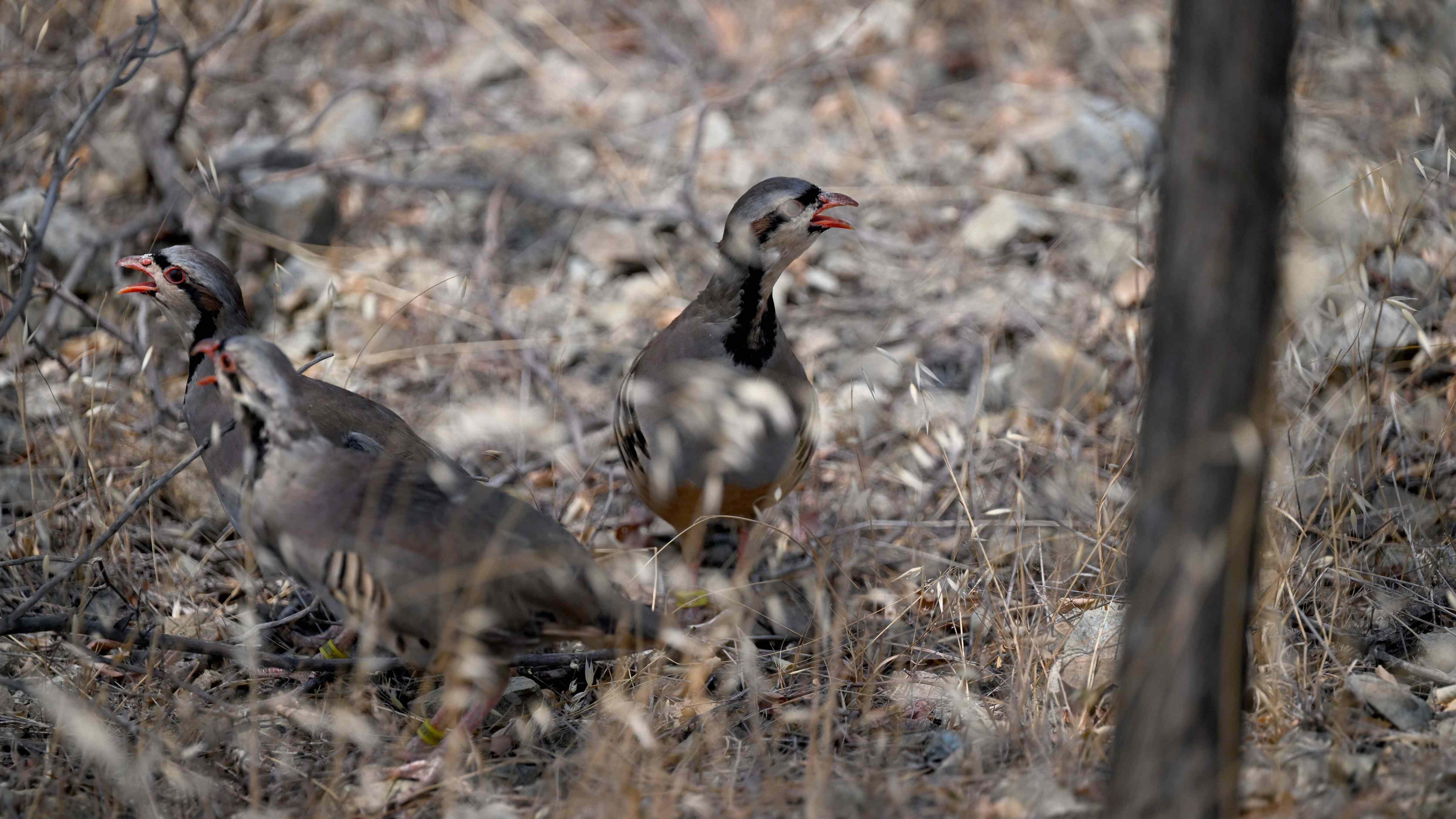
Academics in Türkiye have launched a comprehensive two-year tracking project using binoculars, camera traps and drones to evaluate the role of partridges in controlling tick populations, which have been linked to serious health concerns.
The effort comes as the country grapples with a spike in tick-borne illnesses in rural areas, especially across central Anatolia.
In the central city of Sivas alone, the number of deaths from the tick-borne Crimean-Congo hemorrhagic fever has risen to 12 this year.
A collaboration between Kahramanmaraş Sütçü İmam University, Erciyes University and Iğdır University, the project aims to determine whether partridges play a meaningful role in controlling tick populations in rural areas.
As part of the project, 200 partridges were released into the wild in the southern city of Kahramanmaraş.
Before their release, each bird was tagged with a numbered ring as part of a monitoring effort.
Professor Çağrı Çağlar Sinmez from Erciyes University said the long-term goal is to release a total of 10,000 partridges over two years.
“This project will test whether partridges help reduce tick density in nature and whether they actually consume ticks,” he explained.
According to Sinmez, partridges may act both as a host and a predator to ticks.
“The more wildlife we have, the lower the likelihood of ticks attaching to humans,” he noted.
Associate Professor Ali İhsan Atalay from Iğdır University said researchers will collect data not only through technological tools but also through field interviews.
“We’ll speak with local hunters and villagers to understand how many of the released birds remain in the area and how often they’re encountered,” Atalay said.
By combining these observations with tracking methods, academics also aim to determine how well the birds adapt to their environment.